Rates did a lot of the heavy lifting. The average 30-year fixed started July around 6.67% and slid to roughly 6.17% by late September, giving house hunters a bit more buying power. Because existing-home sales are recorded at closing, most of September’s transactions reflect contracts signed in July and August, just as rates were easing.
Supply helped, too — at least a little. Inventory climbed 14% from a year ago to about 1.55 million homes for sale, putting months’ supply at 4.6. That’s the most breathing room in years, though still shy of the six months that marks a balanced market and still below pre-pandemic norms. With more listings to choose from, buyers had more leverage on timing and contingencies, and first-timers made a small comeback, accounting for 30% of sales versus 26% a year earlier.
Prices, however, stayed stubborn. The national median hit $415,200 in September, up 2.1% year over year and marking the 27th straight month of annual gains. Compared with pre-COVID levels, prices are now about 53% higher — a reminder that even small rate relief doesn’t undo years of appreciation. Homes also lingered a bit longer: time on market stretched to 33 days from 28 a year ago, suggesting sellers are negotiating more but not enough to dent pricing in most places.
The market remains split by geography and price tier. On a yearly basis, the South and Northeast posted the strongest gains; month to month, the West led while the Midwest slipped slightly. High-end activity carried outsized weight again: sales over $1 million jumped about 20% from a year earlier, likely because that segment has the most inventory. On the other end, sub-$100,000 sales barely budged, up just under 3%. Cash remained a force, with all-cash deals representing roughly 30% of closings.
Zillow’s read on new listings adds some color. Instead of the typical autumn cool-down, fresh listings actually rose 3% year over year in September and barely dipped from August — unusual for fall and a sign the rate slide tempted more owners to test the market. Total inventory is still about 18% below pre-pandemic September levels, but buyers now have 14% more options than a year ago, and nearly 26% of active listings took a price cut, up from about 25% last year. That shifting mix has pushed more big metros toward the buyer’s column (15 of the top 50, up from six a year ago), especially in places flush with new construction like Miami, New Orleans, Austin, Jacksonville, and Indianapolis. Conversely, supply-constrained metros in the Northeast and West — Buffalo, Hartford, San Jose, San Francisco, New York — still tilt toward sellers.
The takeaway is a market that’s highly sensitive to even tiny moves in rates. A half-point slide unlocked enough demand to lift closings and swell inventory, but not enough to break the price grip created by years of undersupply and “locked-in” owners with ultra-low mortgages. If rates keep edging down, expect more inventory, more first-time buyers, and longer days on market — all prerequisites for real relief on prices. If they stall, September may look less like the start of a trend and more like a brief, rate-driven breather.
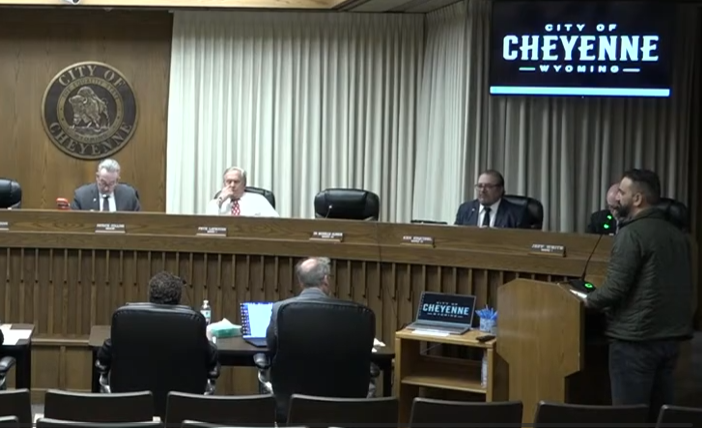

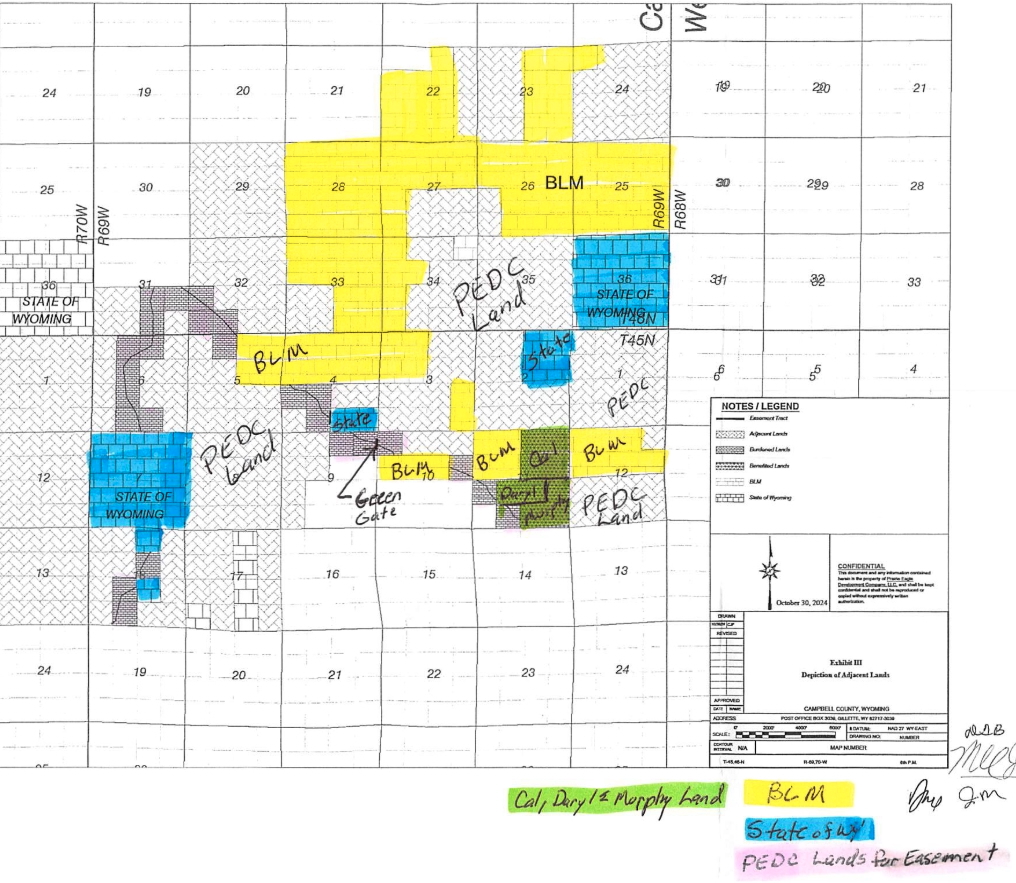

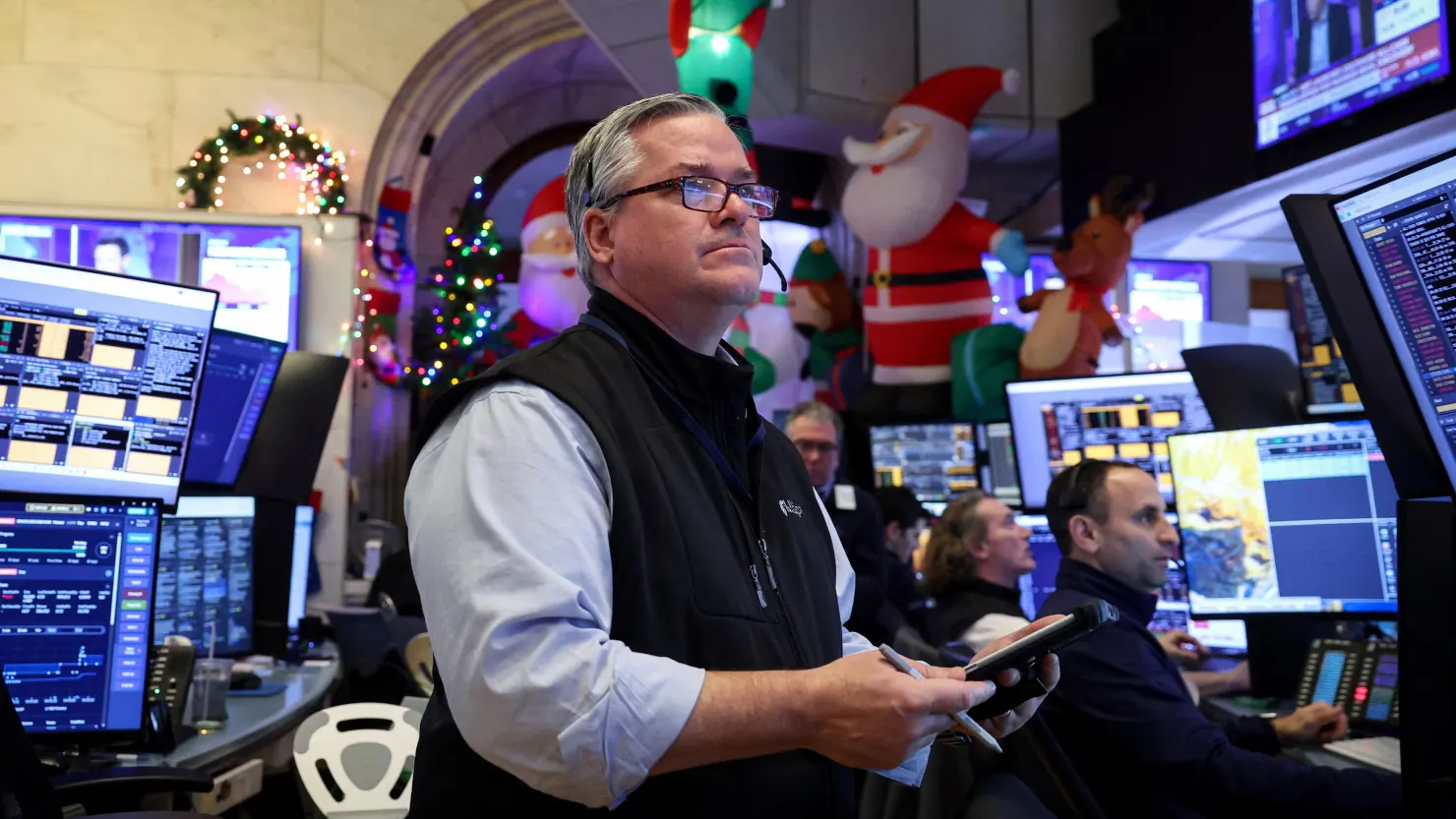


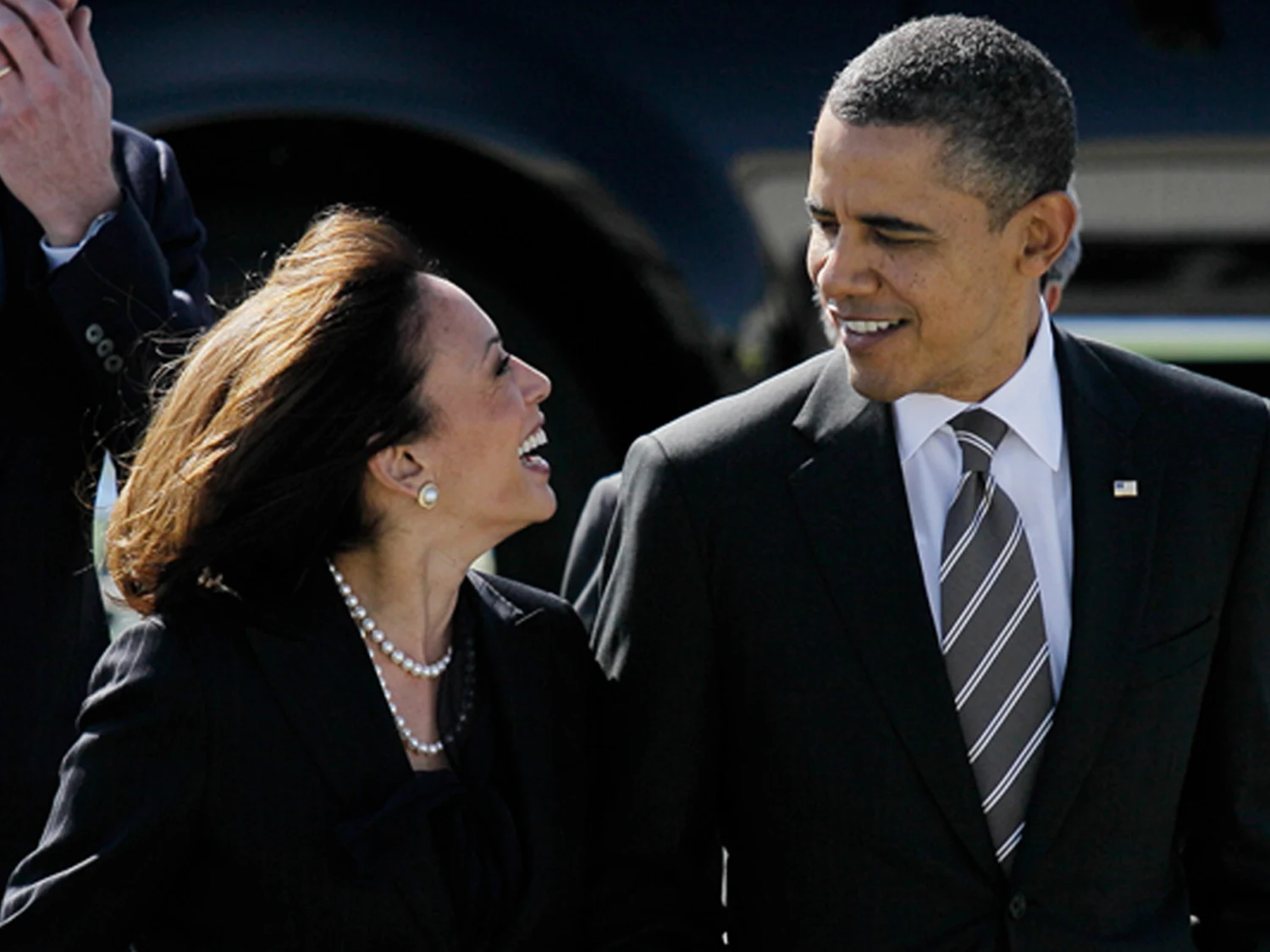
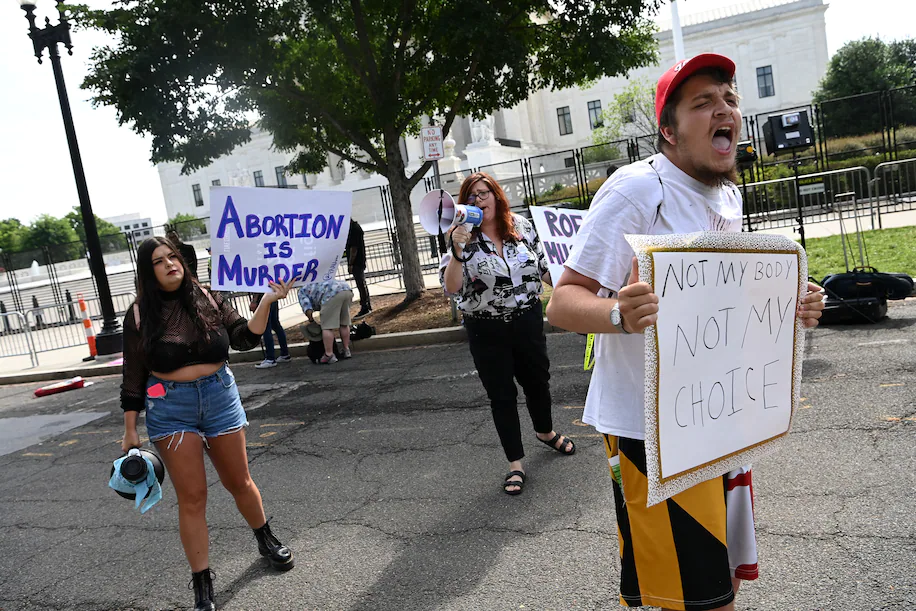
The latest news in your social feeds
Subscribe to our social media platforms to stay tuned